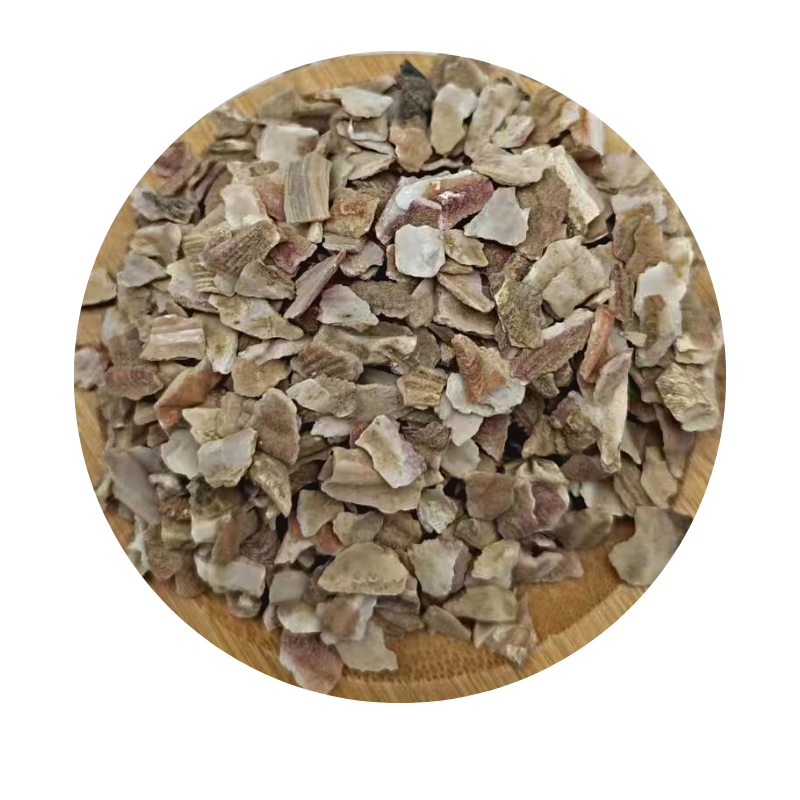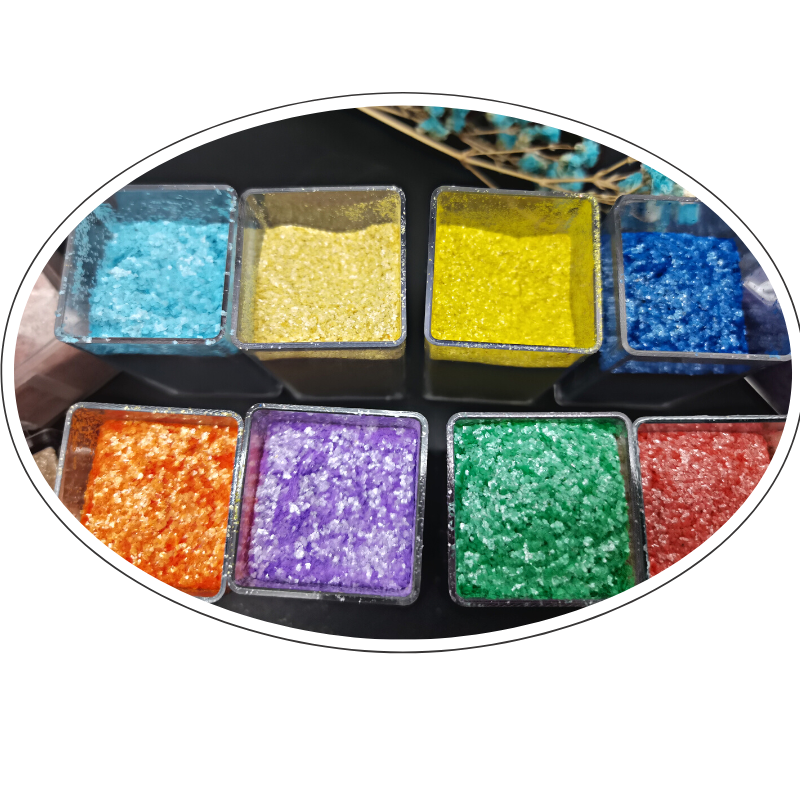
Jan . 21, 2025 02:10
Back to list
fly ash and silica fume in concrete
In the realm of modern construction, the integration of fly ash and silica fume in concrete has become a transformative approach that not only boosts the performance of concrete but also addresses environmental concerns. With a unique composition and intrinsic properties, these by-products improve concrete strength, durability, and sustainability, positioning them as critical components in the construction industry.
The integration of fly ash and silica fume into concrete goes beyond mere material enhancement; it requires a comprehensive understanding of the mix design. Achieving the right balance is crucial to maximizing the benefits. For instance, while fly ash increases long-term strength, it may slow down the early strength gain, thus impacting construction schedules if not properly managed. Similarly, excessive amounts of silica fume can lead to increased water demand and early-age shrinkage. Therefore, careful calibration and testing of mix proportions are essential, taking into account the specific requirements of the project, local standards, and environmental conditions. Real-world applications and projects worldwide have showcased the advantages of blending fly ash and silica fume into concrete. In bridge construction, for example, these materials have been pivotal in enhancing structural durability against corrosive environments, ensuring the longevity of critical infrastructure. In high-rise buildings, the superior strength and reduced weight of concrete with these additives have enabled more innovative architectural designs and improved safety standards. Moreover, expert insight and technical guidance play vital roles in the successful application of fly ash and silica fume in concrete. Construction professionals and engineers must possess thorough knowledge and experience in formulating mixtures that meet specific project goals while adhering to safety and regulatory requirements. Engaging with industry experts can provide valuable information on optimal usage, potential challenges, and best practices, ensuring that each construction project not only meets design specifications but also contributes to broader environmental and sustainability targets. In conclusion, the strategic use of fly ash and silica fume in concrete exemplifies the evolving nature of construction materials, marrying traditional practices with cutting-edge advancements. These materials offer tangible benefits in terms of performance, sustainability, and economic efficiency, providing a significant edge in the competitive landscape of modern construction. As the industry advances, ongoing research and development will continue to enhance the understanding and applications of these materials, paving the way for smarter, more sustainable construction solutions.


The integration of fly ash and silica fume into concrete goes beyond mere material enhancement; it requires a comprehensive understanding of the mix design. Achieving the right balance is crucial to maximizing the benefits. For instance, while fly ash increases long-term strength, it may slow down the early strength gain, thus impacting construction schedules if not properly managed. Similarly, excessive amounts of silica fume can lead to increased water demand and early-age shrinkage. Therefore, careful calibration and testing of mix proportions are essential, taking into account the specific requirements of the project, local standards, and environmental conditions. Real-world applications and projects worldwide have showcased the advantages of blending fly ash and silica fume into concrete. In bridge construction, for example, these materials have been pivotal in enhancing structural durability against corrosive environments, ensuring the longevity of critical infrastructure. In high-rise buildings, the superior strength and reduced weight of concrete with these additives have enabled more innovative architectural designs and improved safety standards. Moreover, expert insight and technical guidance play vital roles in the successful application of fly ash and silica fume in concrete. Construction professionals and engineers must possess thorough knowledge and experience in formulating mixtures that meet specific project goals while adhering to safety and regulatory requirements. Engaging with industry experts can provide valuable information on optimal usage, potential challenges, and best practices, ensuring that each construction project not only meets design specifications but also contributes to broader environmental and sustainability targets. In conclusion, the strategic use of fly ash and silica fume in concrete exemplifies the evolving nature of construction materials, marrying traditional practices with cutting-edge advancements. These materials offer tangible benefits in terms of performance, sustainability, and economic efficiency, providing a significant edge in the competitive landscape of modern construction. As the industry advances, ongoing research and development will continue to enhance the understanding and applications of these materials, paving the way for smarter, more sustainable construction solutions.
Share
Next:
Latest news
-
Premium Resin Coated Sand - High Heat Resistance CastingNewsJul.31,2025
-
High Quality Silicon Carbide Grit for Abrasive ApplicationsNewsJul.30,2025
-
High-Quality Ceramsite for Plants & Gardening | Lightweight PebblesNewsJul.29,2025
-
Premium Burgundy Glass Marbles for Vases & Shooter GamesNewsJul.29,2025
-
High Purity Quartz Sand for Industrial and Ground ApplicationsNewsJul.29,2025
-
High-Quality Barite Powder for Drilling & Industrial UseNewsJul.29,2025






